Korea’s culinary Trojan Horse
After a recent family vacation in Seoul, friends would ask me what we did in Korea. My usual reply is that we shopped and ate. We’ve toured that part of Korea in the past and we were primarily on a mission to enjoy authentic Korean cuisine.
Korean food is nothing new to me, with memories of kalbi and pajeon from Kaya still fresh in my head even after two decades. Over the years, more Korean delicacies were introduced to Filipinos, who literally gobbled them all up.
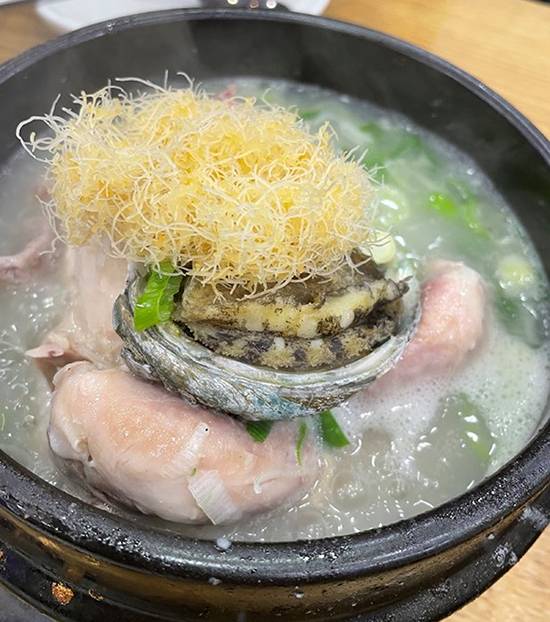
The surge in interest in Korean food—from mere curiosity to outright devotion—has been nothing short of phenomenal. We are, however, far from extraordinary in this sense because K-food, just like most aspects of Korean culture, has taken the entire world by storm. How this became possible is an entirely separate story, but it can be summed up in one word: Hallyu.
Hallyu, the Korean Wave that has washed into the shores of nearly every country, introduced Korean culture to the rest of the world in ways that simply satisfy the human senses.
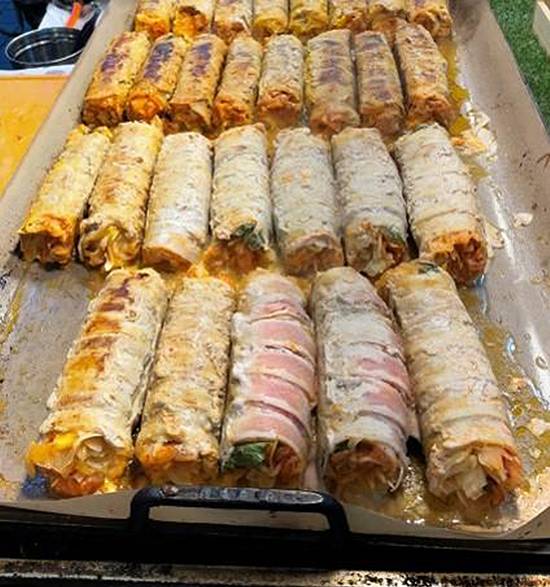
At the turn of the millennium, Korean shows like Jewel in the Palace, My Lovely Sam Soon, and Boys Over Flowers, to name a few, became part of the entertainment fare of many Filipinos and even motivated those who could fly to Korea just to visit the places so charmingly presented in those serials. The practice has only intensified through the years.
It was also around this time when K-pop began to be recognized and enjoyed in the Philippines, which is home to some of the most musically talented and discriminating people. Admiration for idols led to a greater interest in Korean fashion and beauty products, those they endorse and those they actually use.

Before long, an entire K-food culture made its way into every local market to cater not only to Koreans who miss their homeland but also to every other gastro-adventurer. For many Pinoys, it was love at first bite for samgyeopsal, bulgogi, bibimbap, japchae, kimchi, and even bingsu, the Korean halo-halo. These days, these favorites are available in nearly all major shopping malls and commercial areas. Korea Town in Manila is practically a K-foodie heaven.
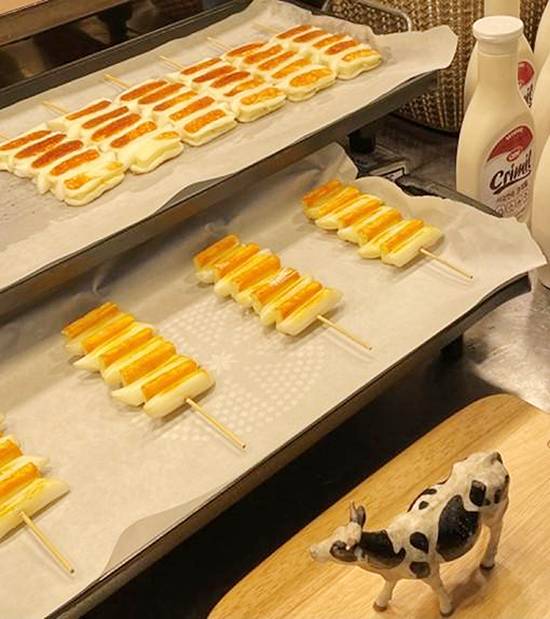
For some, this is not enough, and a time comes when the need to taste whatever is still out there becomes so overwhelming that one simply must go to the very source. But what is the fountain of inspiration? For me and my wife, at least, we were motivated by the Korean shows we have been watching.

Either Koreans are exceptionally tricky by showing their food and drinks (along with those unapologetic product placements) in nearly all the shows that we’ve seen—and believe me, we have seen a lot—or there’s an industry rule that they’re simply following. Every scene featuring a Korean feast is a culinary Trojan Horse, a subliminal invitation to mimic akin to or even more powerful than a 30-second TV ad.
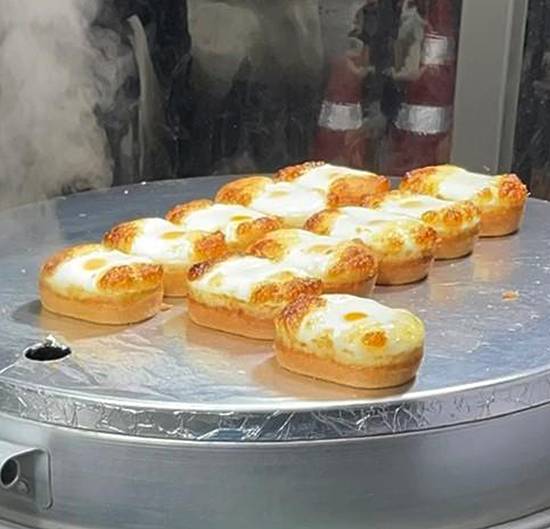
Ever since I saw Lee Byung-hun devouring an entire bowl of baeksuk in Mr. Sunshine, I’ve wanted to try it, or the pricier samgyetang. During our trip last fall, I finally tasted an honest-to-goodness samgyetang in the heart of Hongdae. The ginseng soup that soaked a whole chicken stuffed with rice and topped with scallop did not disappoint—yet another reason to return to Korea.
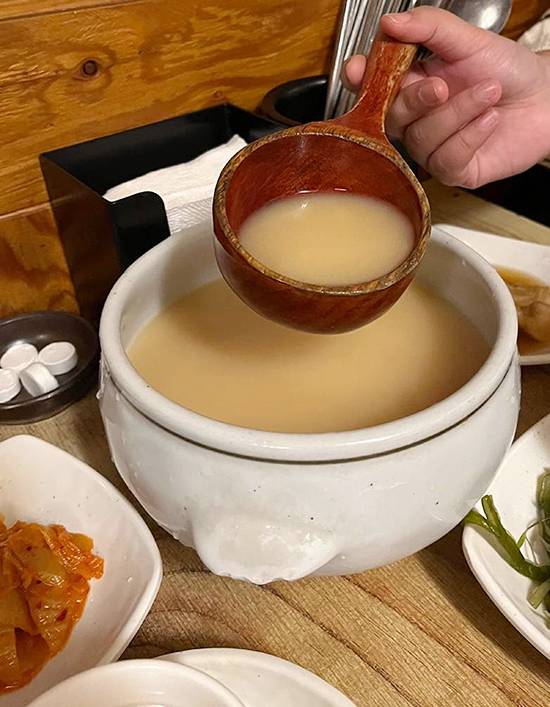
When the superhero series Moving came out last year, I pined for fried chicken every time Ryu Seung-ryong’s character was cooking or eating it on the show. Good thing BB.Q Chicken opened a branch in a mall near our place.
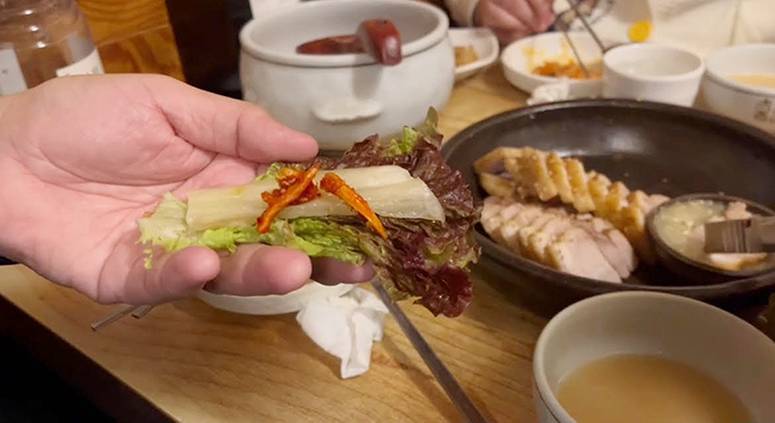
My wife was so thrilled to try bossam (Korean boiled pork wrap) during our daughter’s birthday, after seeing it in one of her favorite shows, Rookie Historian Goo Hae-ryung. It paired really well with Insadong Garlic Bossam’s homemade makgeolli, especially on that chilly autumn evening. Viewers of K-drama would recognize it as that milky rice wine that would often send the female lead into such a stupor as to require an after-happy hour piggyback ride from the male star. My wife and I wanted to experience drinking in one of those red-canvased pop-up bars—as we have seen in our shows—but we opted to leave that to the young ones.
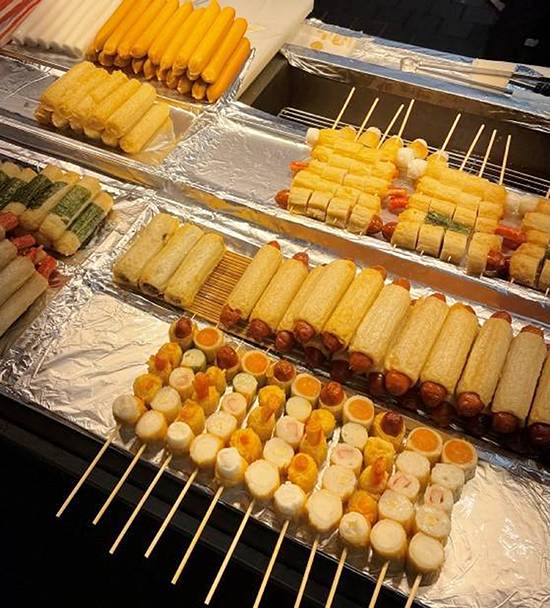
Some programs have managed to merge different subcultures to influence the viewers’ gustatory preferences. Weverse often features mega-idols BTS savoring Korean food that they’ve ordered or cooked in their reality shows. The campaign was so successful that it even inspired the publication of the BTS Recipe Book in 2022.

Last year, Jinny’s Kitchen (also known as Seojin’s Korean Street Food) was launched worldwide, riding on the coattails of Korean actors led by Lee Seo-jin, Jung Yu-mi, and Park Seo-joon with his fellow WOOGA Squad members Choi Woo-shik and Kim Tae-hyung (more popularly known as V of BTS). The show introduced simple Korean foods like ramyeon, gimbap, tteokbokki, corndogs, and fried chicken—all of which, by the way, are already Pinoy favorites. Every episode of Jinny’s Kitchen shot in Bacalar, Mexico, is like a well-produced YouTube video of Korean delights found on the streets of Myeongdong and Hongdae.

The marriage of K-drama and K-food has also caused a boom in coffee shops. One of my daughter’s friends set off to cram in as many coffee places as possible during our weeklong stay. If ever a movie would be made based on her experience, Sleepless in Seoul would be a perfect sequel to Coffee Prince. Hanok cafés have recently crept their way into the consciousness of coffee lovers. Star-crossed lovers in K-drama would often meet up in one of these nooks that used to be traditional Korean homes in the middle of a modern community. Their creative menus are complemented by strong Wi-Fi, which is just perfect for millennials, Gen Z, and even Alphas.
Convenience stores like the Big 3—GS25, CU, and 7-Eleven—also feature prominently in non-period shows, which have swayed me to not only try peel sausages and samgak gimbap (Korea’s version of Japanese onigiri), but also to love cup noodles, banana milk, instant coffee, and ice cream. What’s next on the menu, K-drama writers?


